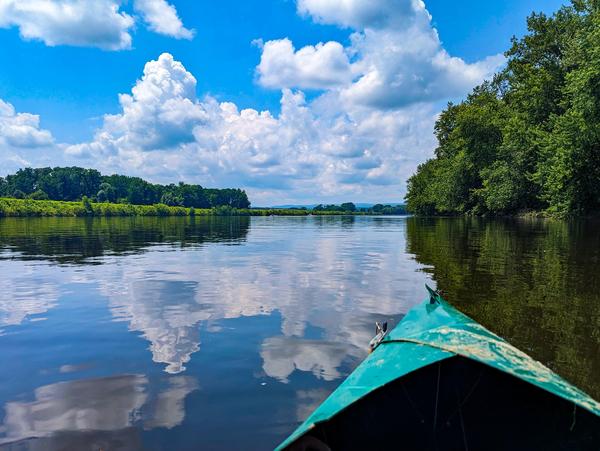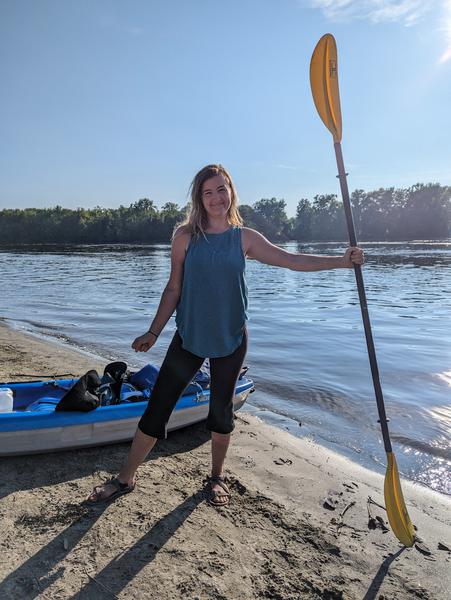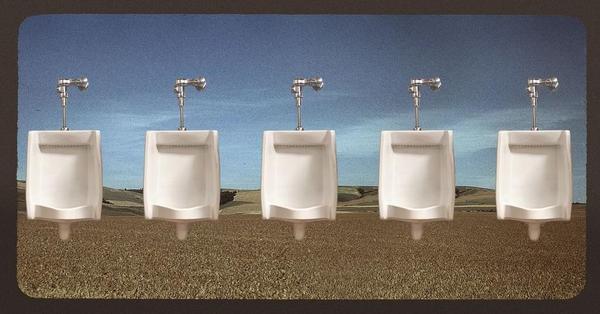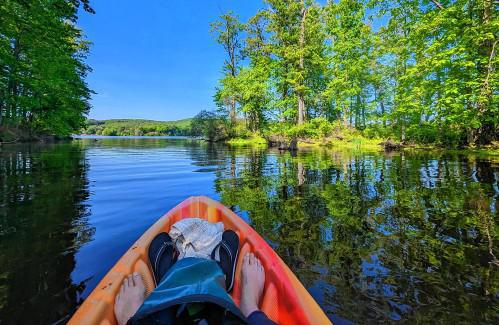
A kayaker’s Chronicle Part Two: A sobering stretch past the dam
This is part two of a three-part series chronicling the
current state of the Connecticut River as it runs through
Massachusetts, in light of the recent U.S. Supreme Court decision to limit the Clean Water Act.
current state of the Connecticut River as it runs through
Massachusetts, in light of the recent U.S. Supreme Court decision to limit the Clean Water Act.





